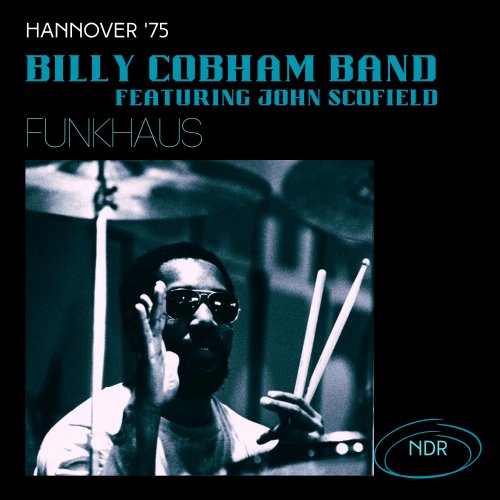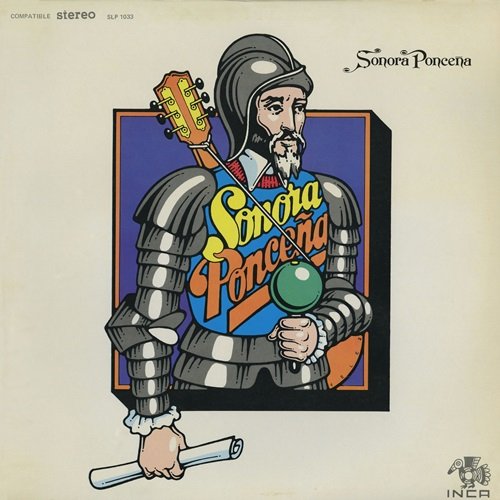Walter Reiter, Cordaria - Vivaldi: 12 Sonatas for violin and continuo Op. 2 (2000)
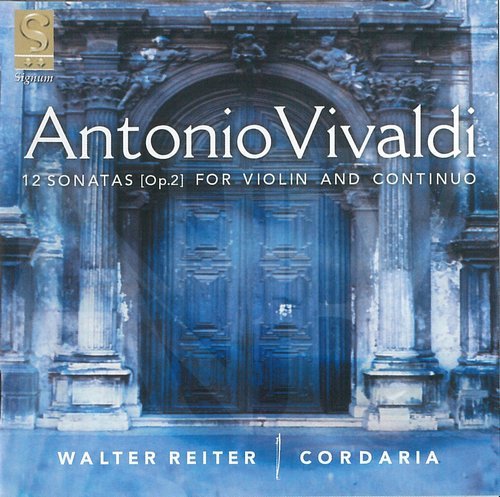
Artist: Walter Reiter, Cordaria
Title: Vivaldi: 12 Sonatas for violin and continuo Op. 2
Year Of Release: 2000
Label: Signum Classics
Genre: Classical
Quality: FLAC (image+.cue,log,scans)
Total Time: 01:46:10
Total Size: 593 Mb
WebSite: Album Preview
Tracklist: Title: Vivaldi: 12 Sonatas for violin and continuo Op. 2
Year Of Release: 2000
Label: Signum Classics
Genre: Classical
Quality: FLAC (image+.cue,log,scans)
Total Time: 01:46:10
Total Size: 593 Mb
WebSite: Album Preview
CD1:
Sonata in G minor RV27
01. Preludio: Andante
02. Giga: Allegro
03. Sarabanda: Largo
04. Corrente: Presto
Sonata in A major RV31
05. Preludio a capriccio
06. Presto
07. Corrente: Allegro
08. Adagio
09. Giga: Allegro
Sonata in D minor RV14
10. Preludio: Andante
11. Corrente: Allegro
12. Adagio
13. Giga: Allegro
Sonata in F major RV20
14. Andante
15. Allemanda: Allegro
16. Sarabanda: Andante
17. Corrente: Presto
Sonata in B minor RV36
18. Preludio: Andante
19. Corrente: Allegro
20. Giga: Presto
Sonata in C major RV1
21. Preludio: Andante
22. Allemanda: Presto
23. Giga: Allegro
CD2:
Sonata in C minor RV8
01. Preludio: Andante
02. Allemanda: Allegro
03. Corrente: Allegro
Sonata in G major RV23
04. Preludio: Largo
05. Giga: Presto
06. Corrente: Allegro
Sonata in E minor RV16
07. Preludio: Andante
08. Capriccio: Allegro
09. Giga: Allegro
10. Gavotta: Presto
Sonata in F minor RV21
11. Preludio: Largo
12. Allemanda: Allegro
13. Giga: Allegro
Sonata in D major RV9
14. Preludio: Andante
15. Fantasia: Presto
16. Gavotta: Allegro
Sonata in A minor RV32
17. Preludio: Largo
18. Capriccio: Presto
19. Grave
20. Allemanda: Allegro
Performers:
Cordaria:
Walter Reiter (violin)
Shalev Ad-El (harpsichord)
Katherine Sharman (cello)
Lynda Sayce (theorbo and baroque guitar)
These works, often thought of in terms of being ‘immature’, are currently under recorded. This is a pity because although lacking in the depth of Vivaldi’s next opus, the masterwork ‘L’Estro armonico’, these sonatas are sophisticated and artful studies.
Taking the rhythms and melodies from dance movements Vivaldi creates a showcase for the violin and explores the interplay between the base instruments of cello and harpsichord. The movements contrast stately, formal preludes with rustic and immediate dances. The exuberance of the faster movements encourages technical brilliance and the slower ones require a thoughtfulness from the player. There is in this music a real sense of Vivaldi striving to stretch the sonata form and to give the music a depth of meaning.
Walter Reiter and Cordaria are well aware of the complexity of the music and they play with great understanding and feeling.
Reiter’s violin playing is often very fine. He plays on a 1727 original instrument and the tone is beautiful. His playing elicits a tender, arching line from the music. Only sounding occasionally slightly acerbic, as such original instruments can sometimes sound, he manages to play with a simplicity very much in keeping with the period. His playing of the slow preludes is particularly sympathetic and he does not over embellish the eighteenth century frills. He is always expressive and never gaudy. Reiter does seem rather halting, however, at times when he is approaching some of the ornamentation and you can almost hear him preparing for the ‘hurdle’. With his sensitive, aristocratic playing he also seems to have more affinity with the slow preludes than with the dances and faster movements. He brings out a ‘rustic squeakiness’ when engaging with Vivaldi’s taste for the Italian pastoral, as in Sonata No. 4 the ‘Corrente Presto’, and brings with it the texture and colour of folk music.
The cello and harpsichord playing, too is adroit and perceptive. The instruments are evenly balanced with the violin, but Cordaria ensure that the listener is aware of the importance of the accompaniment. At the ‘Corrente Allegro’ in Sonata No. 1 the players subtly display the growing discourse between the instruments. There is nice texture here too - the harpsichord and cello are copies of original instruments from the eighteenth and seventeenth century instruments - with the harpsichord quite gruff as it takes on its own voice, and as the instruments compete to enjoy the lively vivacity of the music. Later, in the ‘Corrente Allegro’ of the Sonata No. 3, the cello nicely underlines the violin in subtle agreement, but then also expresses freedom through the delicate contrapuntal rhythms.
Taking the rhythms and melodies from dance movements Vivaldi creates a showcase for the violin and explores the interplay between the base instruments of cello and harpsichord. The movements contrast stately, formal preludes with rustic and immediate dances. The exuberance of the faster movements encourages technical brilliance and the slower ones require a thoughtfulness from the player. There is in this music a real sense of Vivaldi striving to stretch the sonata form and to give the music a depth of meaning.
Walter Reiter and Cordaria are well aware of the complexity of the music and they play with great understanding and feeling.
Reiter’s violin playing is often very fine. He plays on a 1727 original instrument and the tone is beautiful. His playing elicits a tender, arching line from the music. Only sounding occasionally slightly acerbic, as such original instruments can sometimes sound, he manages to play with a simplicity very much in keeping with the period. His playing of the slow preludes is particularly sympathetic and he does not over embellish the eighteenth century frills. He is always expressive and never gaudy. Reiter does seem rather halting, however, at times when he is approaching some of the ornamentation and you can almost hear him preparing for the ‘hurdle’. With his sensitive, aristocratic playing he also seems to have more affinity with the slow preludes than with the dances and faster movements. He brings out a ‘rustic squeakiness’ when engaging with Vivaldi’s taste for the Italian pastoral, as in Sonata No. 4 the ‘Corrente Presto’, and brings with it the texture and colour of folk music.
The cello and harpsichord playing, too is adroit and perceptive. The instruments are evenly balanced with the violin, but Cordaria ensure that the listener is aware of the importance of the accompaniment. At the ‘Corrente Allegro’ in Sonata No. 1 the players subtly display the growing discourse between the instruments. There is nice texture here too - the harpsichord and cello are copies of original instruments from the eighteenth and seventeenth century instruments - with the harpsichord quite gruff as it takes on its own voice, and as the instruments compete to enjoy the lively vivacity of the music. Later, in the ‘Corrente Allegro’ of the Sonata No. 3, the cello nicely underlines the violin in subtle agreement, but then also expresses freedom through the delicate contrapuntal rhythms.
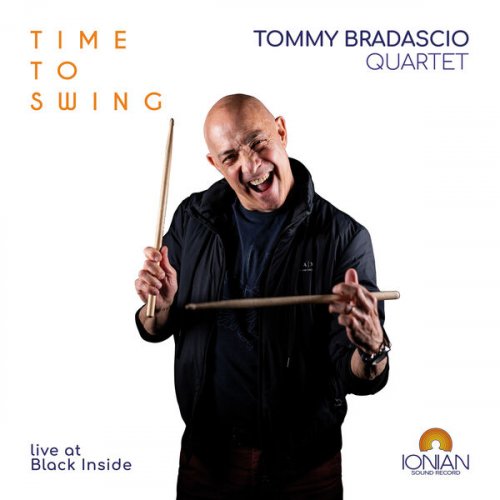

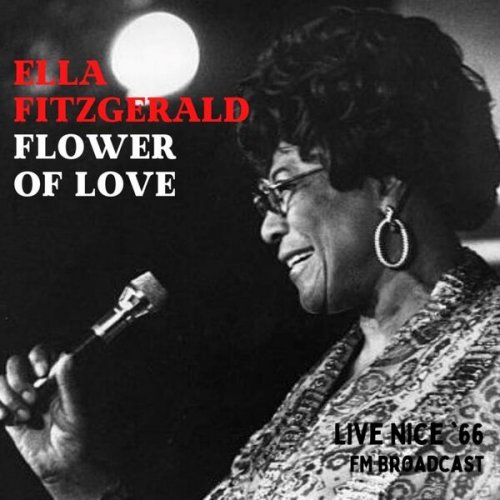
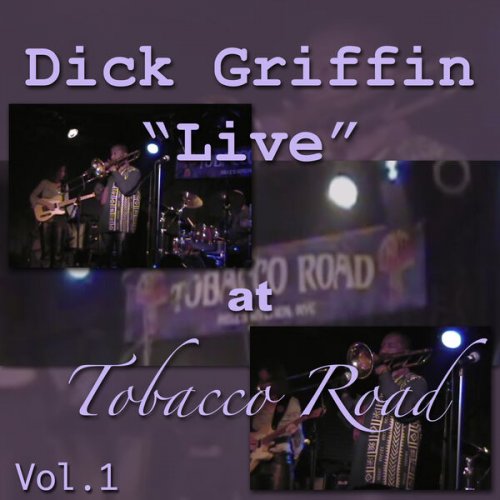
![Grupo FATO - Orquestra À Base de Sopro de Curitiba Convida Grupo Fato (2026) [Hi-Res] Grupo FATO - Orquestra À Base de Sopro de Curitiba Convida Grupo Fato (2026) [Hi-Res]](https://img.israbox.com/img/2026-01/08/4dntjg7cn2hncdo14ck16m06z.jpg)

![Trøndelag Big Band - A Big Band Narrative (2026) [Hi-Res] Trøndelag Big Band - A Big Band Narrative (2026) [Hi-Res]](https://www.dibpic.com/uploads/posts/2026-01/1767966351_dxbyhtouifgdb_600.jpg)
